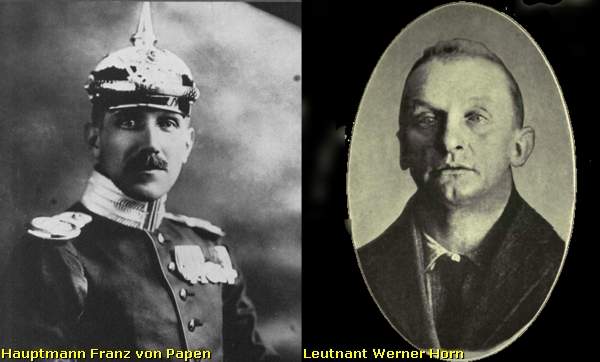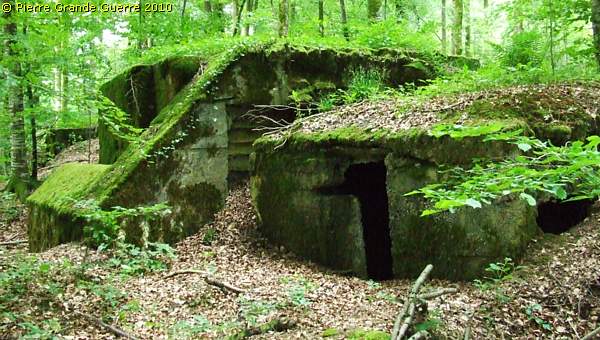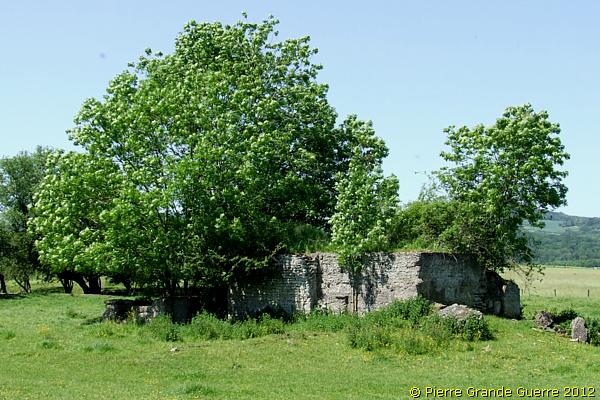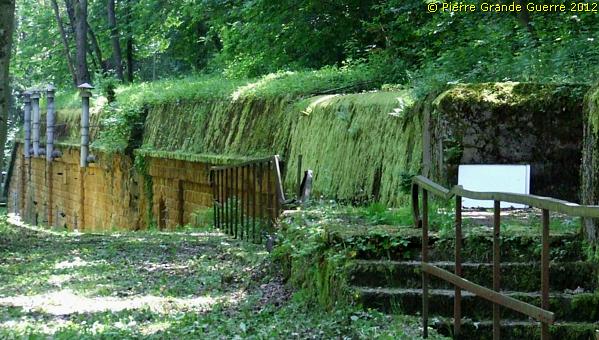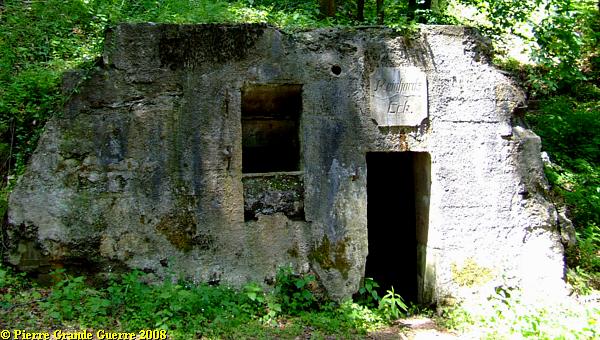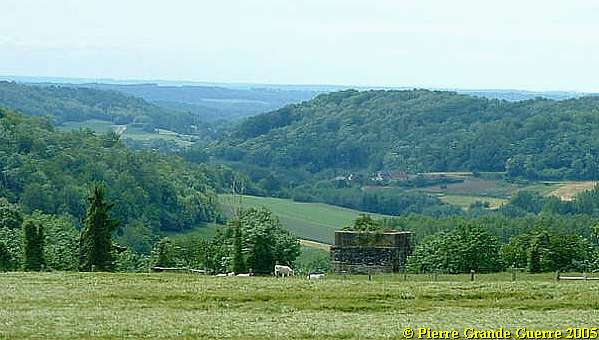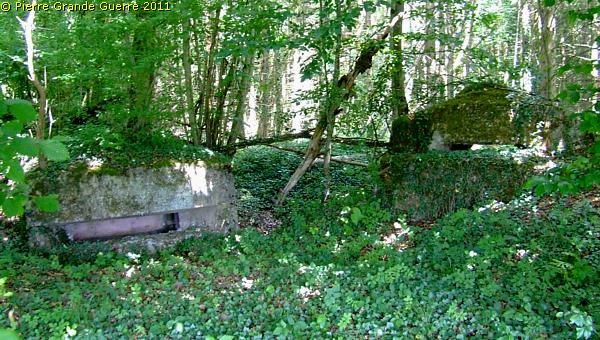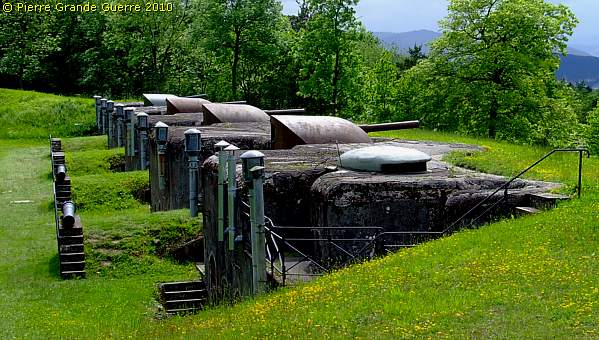St. MIHIEL SALIENT - Apremont Forest Trenches
Years of visit: 2005, 2006

Forêt d' Apremont, Apremont Forest, south side of the Salient, a sideroad of the D 171c, site of large networks of trenches, sometimes of 8 lines deep.
We start with the Trench of Thirst, next we will visit the Roffignac Trench, Bavarian Trench and the quarry, a German shelter system.
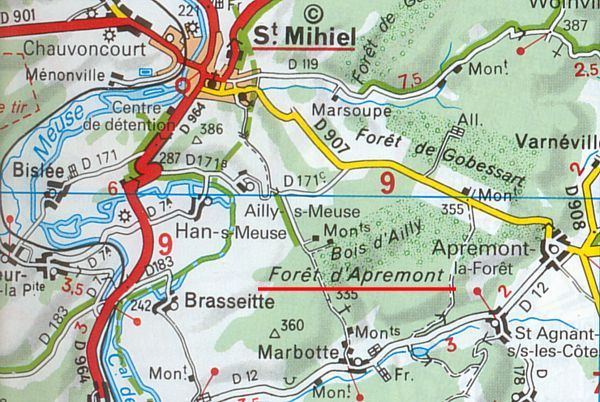
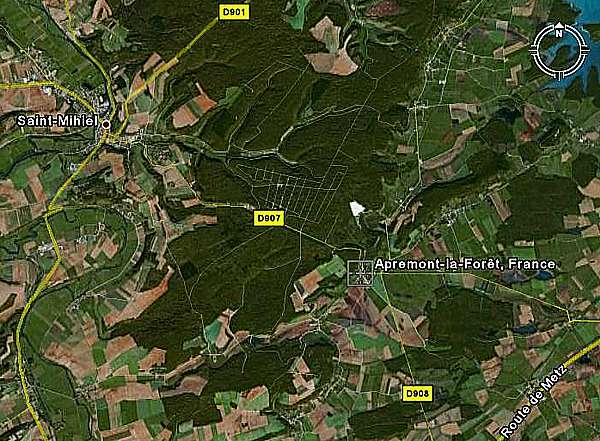
We start in d'Ailly Wood in the forest of Apremont with the " Tranchée de la Soif ", the Trench of Thirst . Near the Trench of Thirst, the first French line.
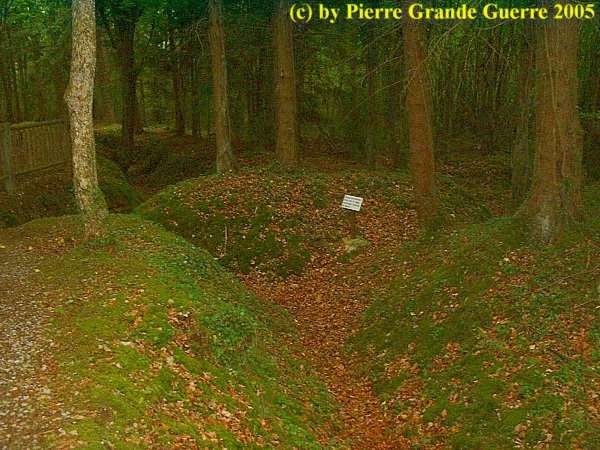

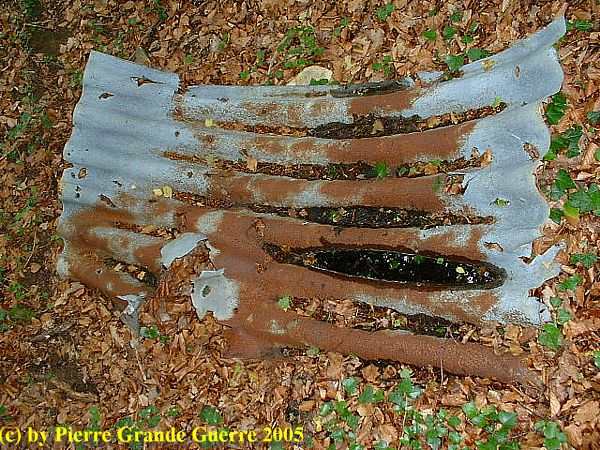
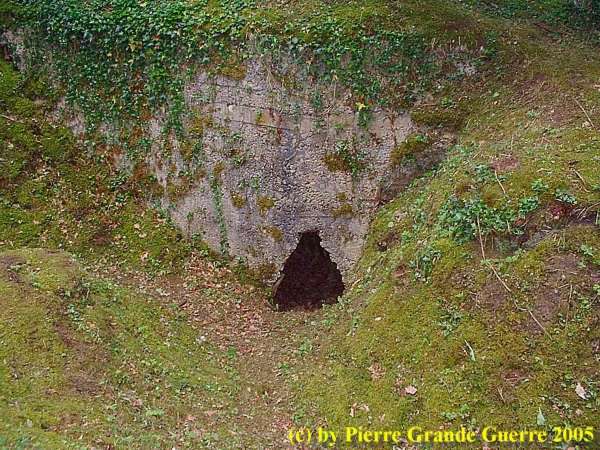
Tranchée de la Soif or the Trench of Thirst
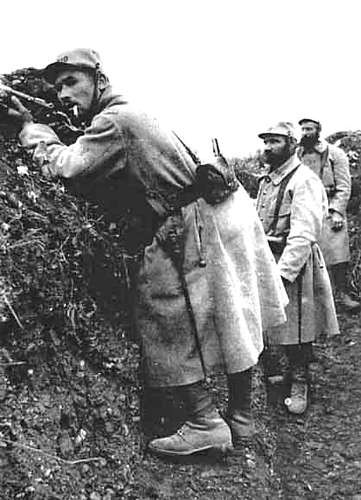
From September 1914 until July 1915 the French 172th R.I. and Bavarian troops were involved in intensive fighting
here in the Forest of Apremont near Hill 362. Later in this period also Württemberger troops would be deployed in this sector.
On 20 May 1915 Commander d'André with his 5th and 7th company tried to recapture the lost trenches in the Bois d'Ailly (Ailly Wood). d'André's 7th company soon reached the 5th German line, before they were trapped in the trench.
The 5th company had been going in hiding for shellfire and machine gun fire, and could not keep up the pace of the 7th.
The Bavarians soon counterattacked, and almost surrounded the 7th company!
The 80 men of the 7th company withdrawed to the German 4th line, were they were isolated with some wounded men also. d'André refused to surrender.
On the next day, 21 May, the Germans launched another attack with trench mortars. The 21st was a warm day. Everywhere there was dust. The 5th and 7th companies lacked water, and had hardly any ammunition available.
On the 22nd the Germans attacked again and made the 73 French survivors prisoner.
d'André, being the last man to leave the trench, spoke to his men these words:
"
N'oubliez jamais la Tranchée de la Soif
!"
"Do never forget the Trench of the Thirst".
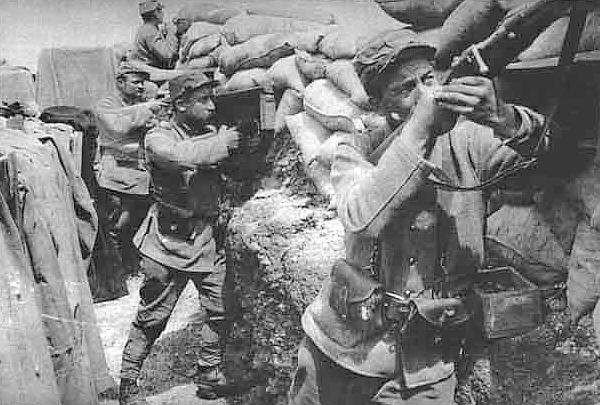
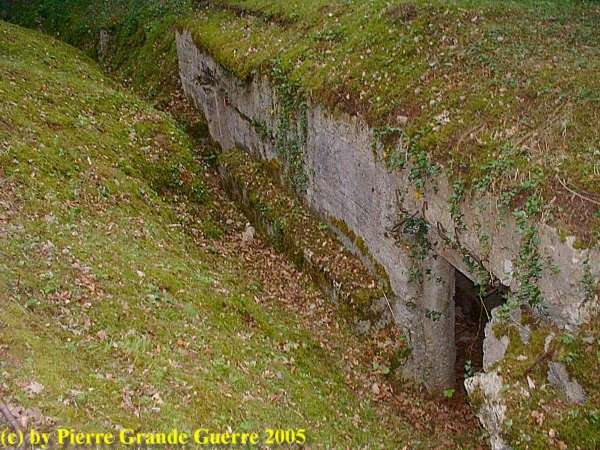
The Germans used concrete bricks to re-inforce the trench and the dug-out entrances.

On other locations along the trench we detect the more familiar concrete to protect the dug-outs.

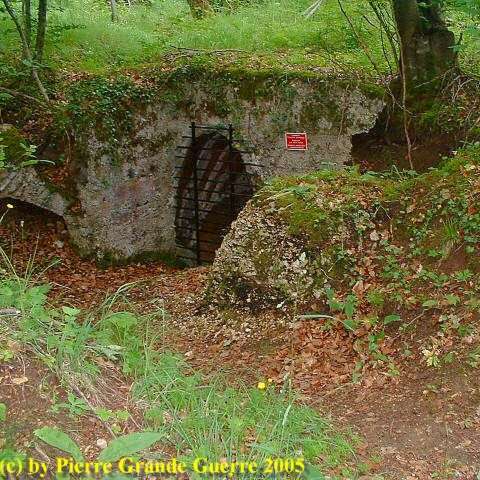
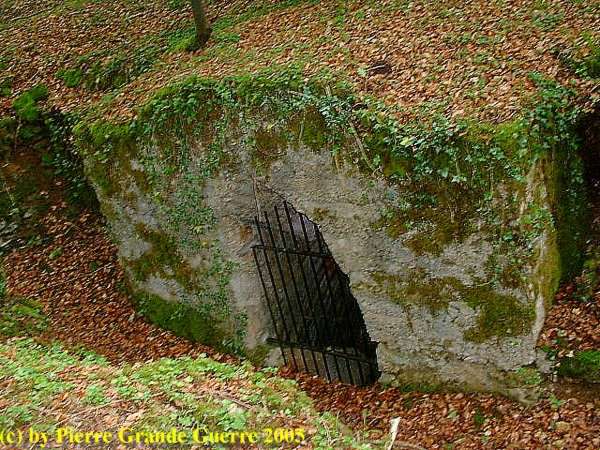
The memorial dedicated to the French 172th and 372th R.I. mentions the battfields and the front sectors where these units fought.
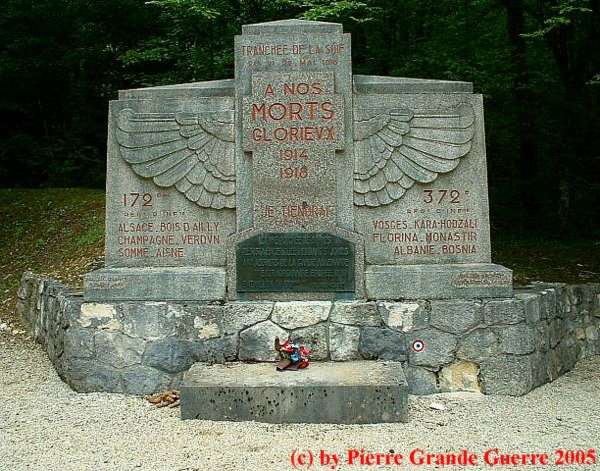
We continue to another part of the Apremont Forest, the Bois Brulée, where we will visit the Trenches of Roffignac.
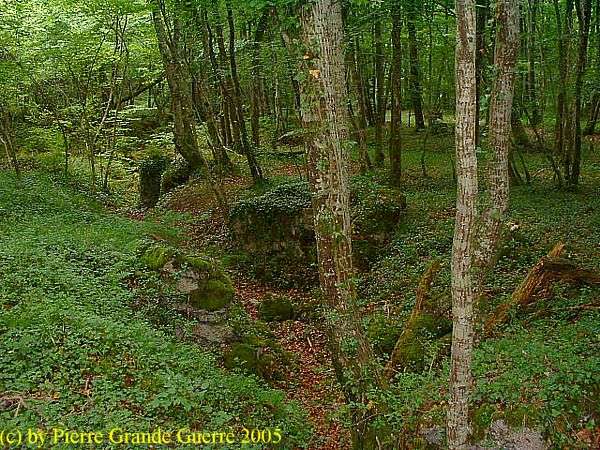
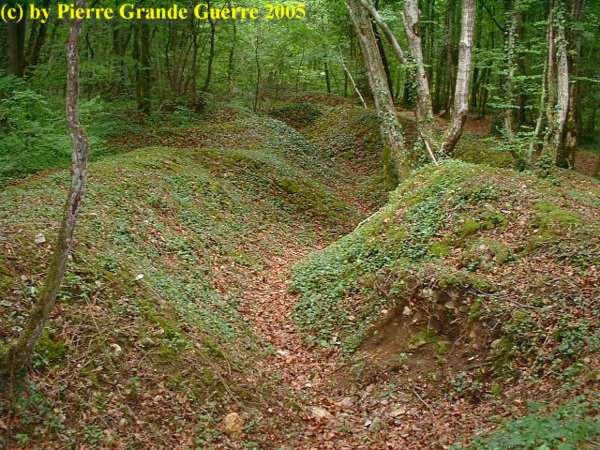
le Bois Brulée

"le Bois Brulée" or the Burnt Wood is on the north-east side of the Apremont forest. In the forest are traces of a large network of 3 French lines and 8 German trench lines: " Les Tranchées de Roffignac ", or the Trenches of Roffignac.
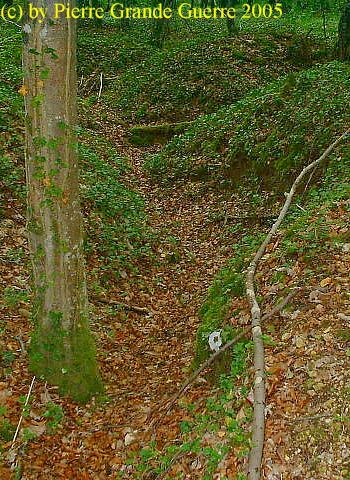
I am standing now in No Man's Land; both first lines of the opponents were only 2,5 m away from each other. With exception of the Caverne du Dragon this No Man's Land is the narrowest strip of neutral soil I have seen along the Western Front.
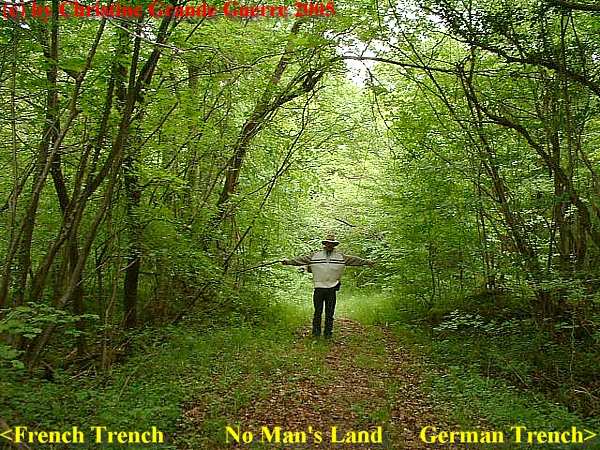
We walk on to "Les Tranchées des Bavarois" , the Trenches of the Bavarians.

The trenches were contructed mainly in 1916 by Bavarian units and fortified with concrete dug-outs and saps.
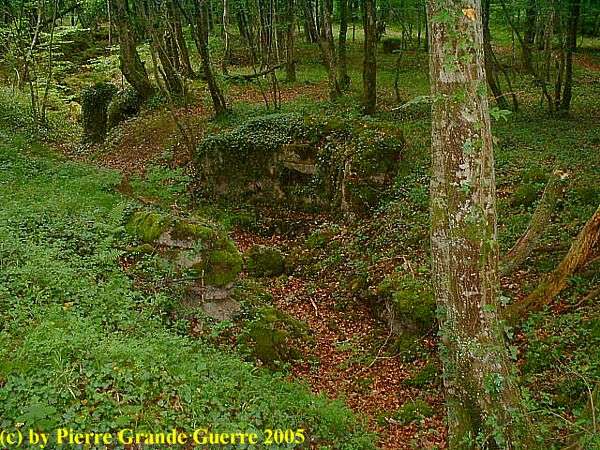
Of all the sites we have visited along the front, I prefer this kind of preservation of the battlefield.
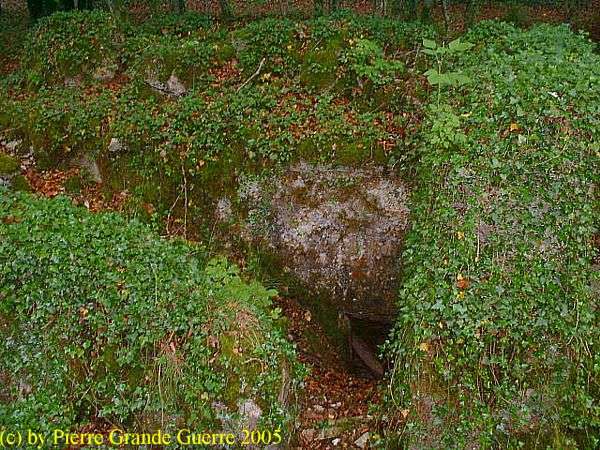
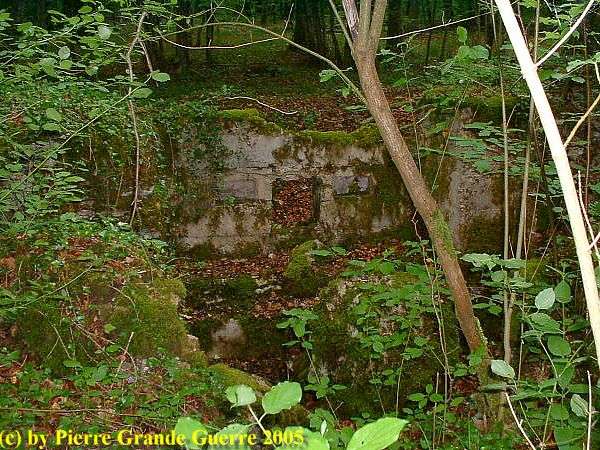
Nature took over, and its vegetation covered and conserved the relics.
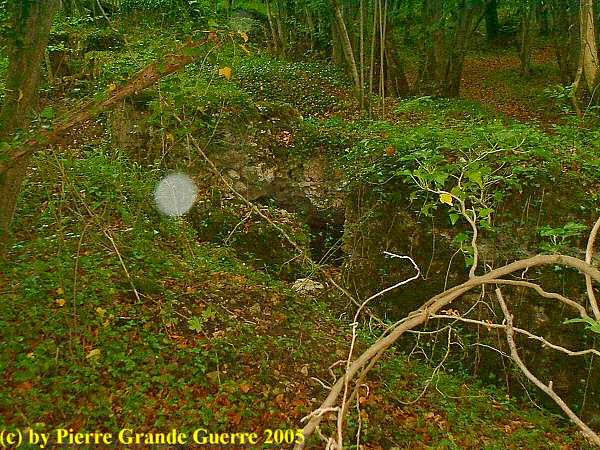
This site looks like it has hardly been touched in 100 years.
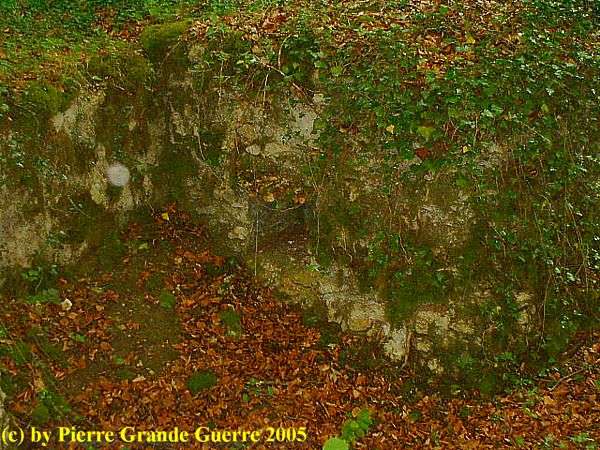
As if you would be "the first one to discover this place".
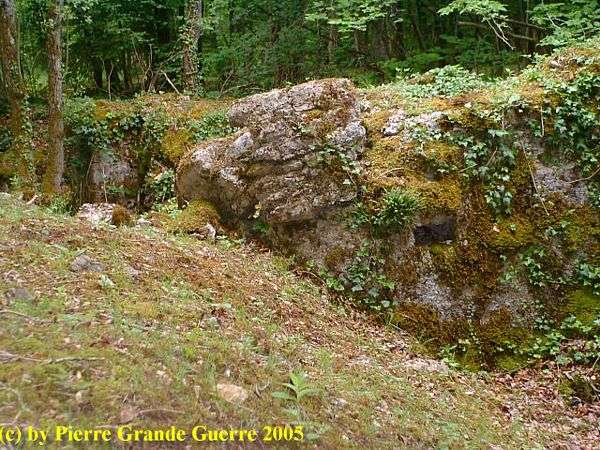
Entrance of a Bavarian Command Post Bunker.

The slogan of the Bavarian regiments.

My late wife, Chris ( + 8 May 2018), made this photo.
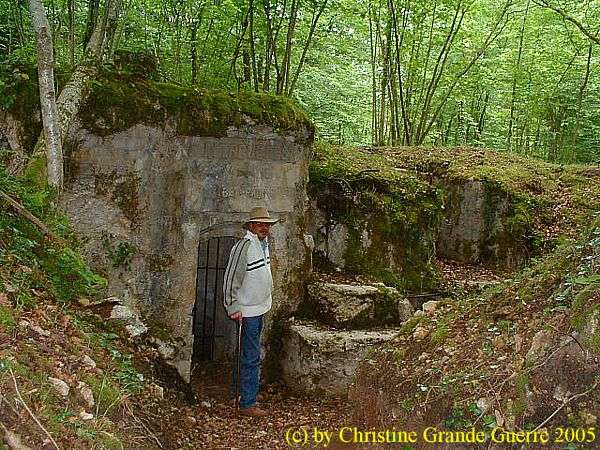
A firestep.
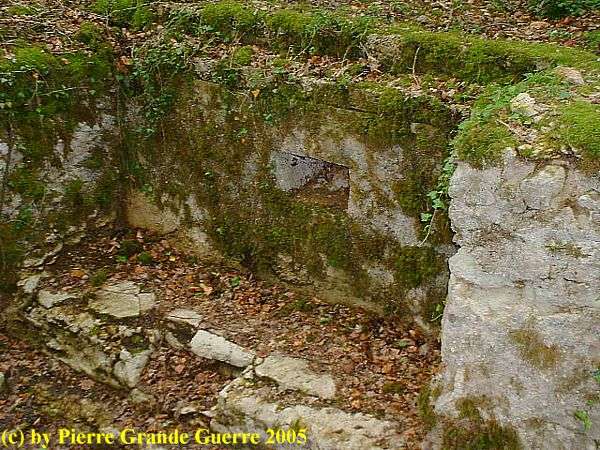
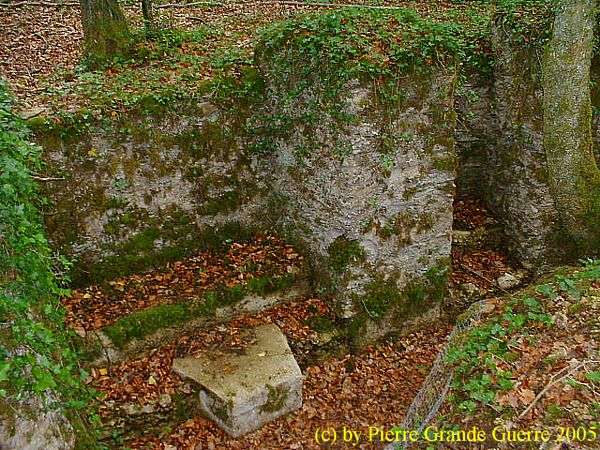
A snail house shaped trench with several rifle holes.
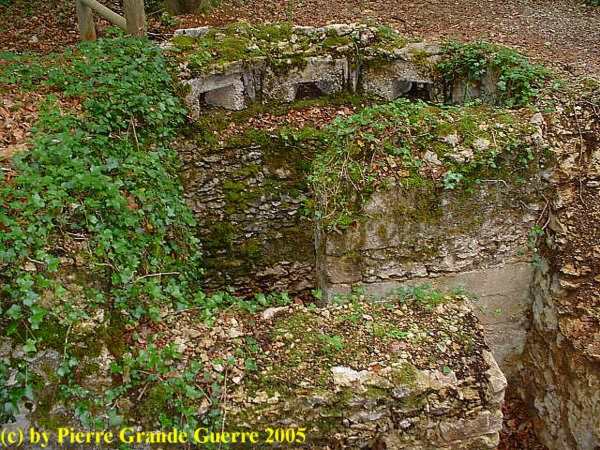
Relics of barbed wire, which always surrounded the trenches in thick layers.
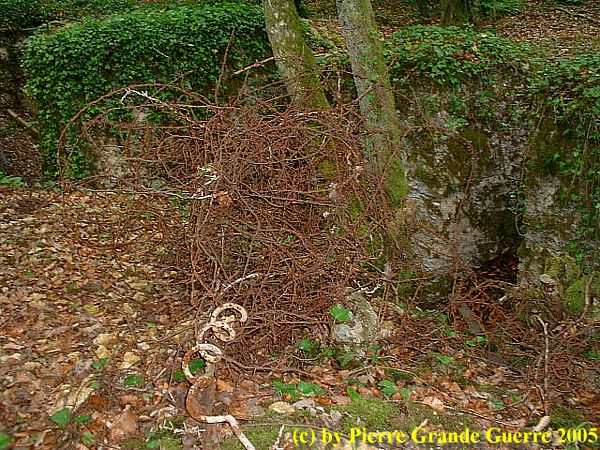
My advise is: do not leave the little paths in the forest; the earth is stilled filled with explosives and corpses.
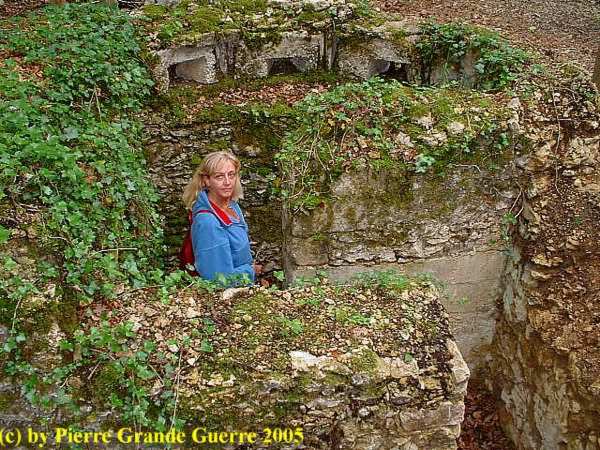
In the Bois Brulée we visit a German dressing station.

The entrance to the bunker.
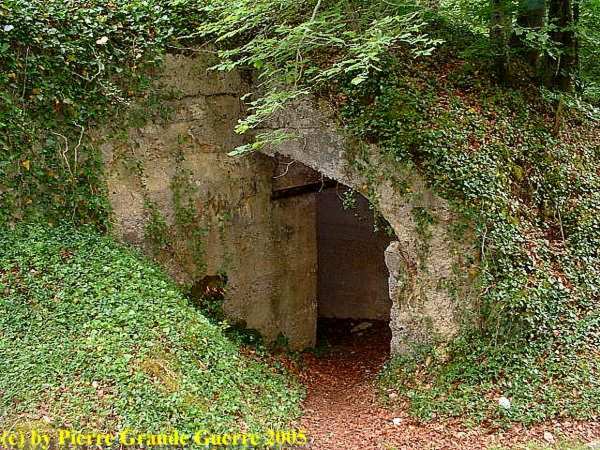
The concrete interior of the dressing station.
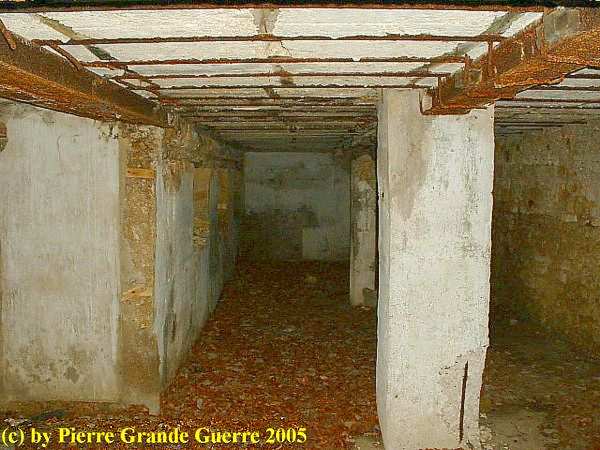

Just outside the village of Apremont, on the south-east side, after a bend to the left of the D 907, we visit the Apremont Quarry .
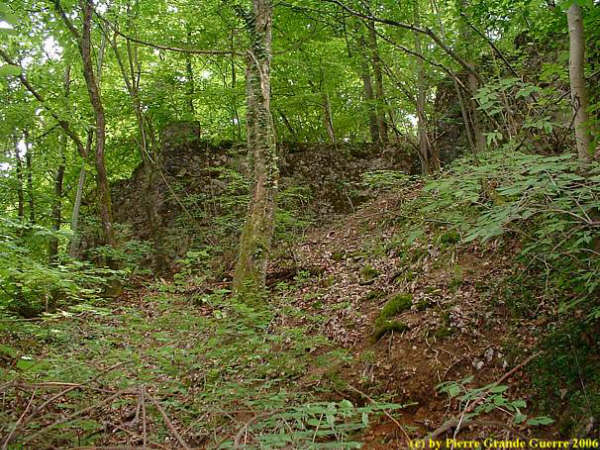
I had to climb this steep, wooded hillside, to discover the hardly noticible relics of the quarry.
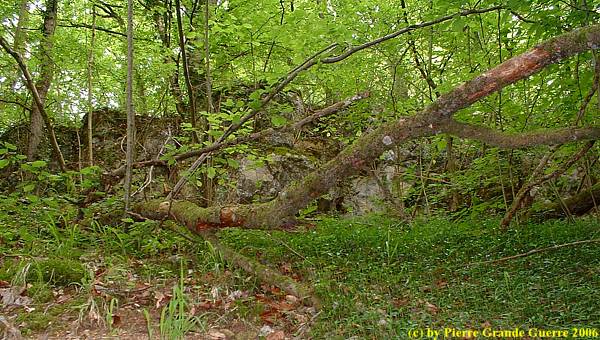
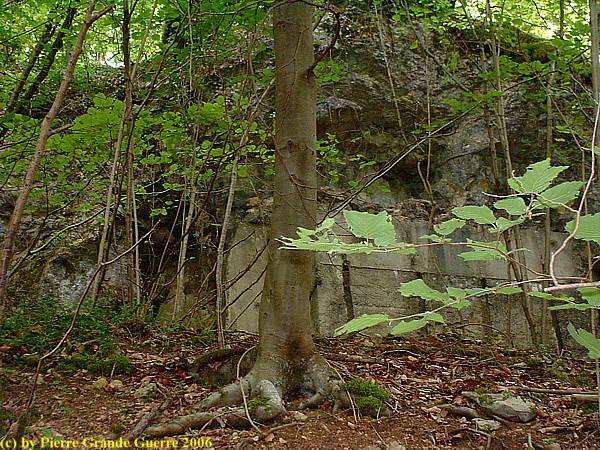
The Germans used this quarry as an extended shelter system, not far away from the trenches in the Bois Brulée (" Burnt Wood ") at the edge of Apremont Forest.
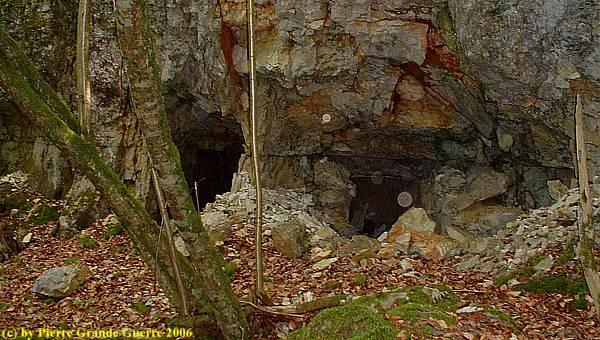

Inside the quarry the Germans created almost a little village with furnished rooms, even carpets, an officer's mess, and a "Bierkeller".
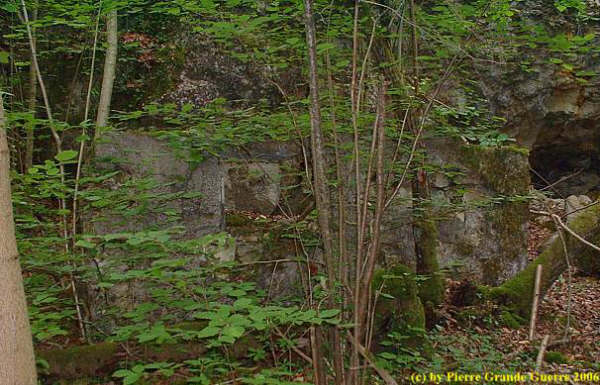
The concrete relics of a wall, to protect the path to the trenches further into the Bois Brulée. This huge shelter system was one of the first targets for the supporting French troops during the American offensive in 1918 to recapture the St. Mihiel Salient.

From here we go to the left and immediately to the right to follow the D 12 north-east to the Butte de Montsec.

Continue to " Butte de Montsec - Flirey - Rémenauville "
